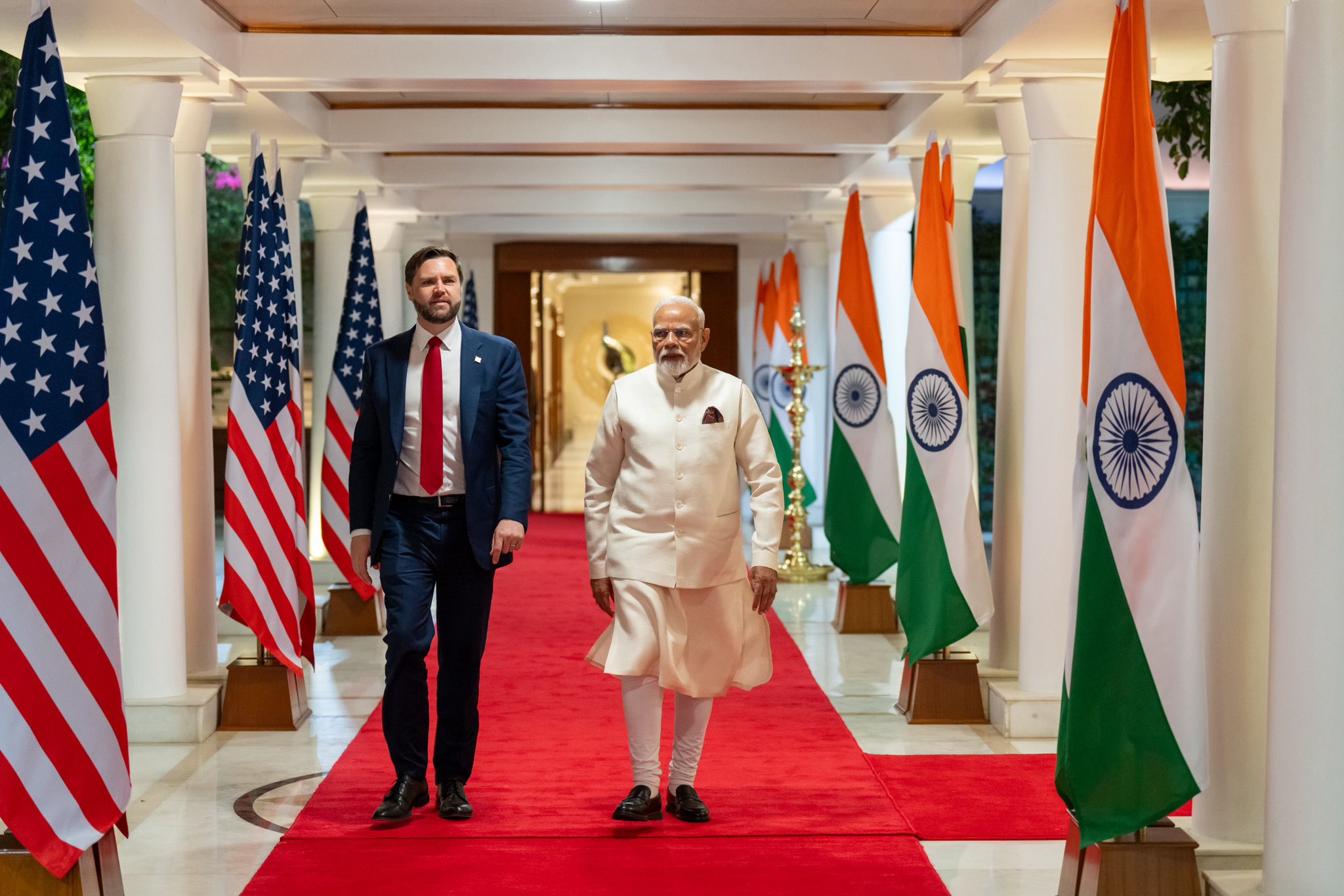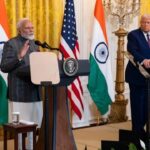PM Modi and VP JD Vance discussed progress on the India U.S. bilateral trade agreement, boosting ties in defense, tech, energy, and global cooperation.
Signal Stronger India U.S. bilateral trade agreement
In an important diplomatic development, Indian Prime Minister Narendra Modi and U.S. Vice President JD Vance met in New Delhi and expressed satisfaction over how the India-U.S. bilateral trade agreement talks are shaping up. While both countries have had trade differences in the past, there’s now a visible push to move forward with a practical and long-term partnership.
This meeting isn’t just about improving trade numbers—it’s about building a relationship that goes deeper across defense, energy, innovation, and shared global goals.
Trade Agreement Talks Getting Back on Track
Let’s be honest—India and the U.S. haven’t always seen eye to eye on trade. From tariffs on agricultural products to issues related to e-commerce rules and intellectual property, the road has had its bumps. But during this visit, both leaders agreed: things are finally looking up.
India wants better access to U.S. markets for its textiles, medicines, and IT services. The U.S., on the other hand, is pushing for a level playing field for its agriculture exports, medical tech, and digital services. The good news? There’s now a shared understanding that resolving these issues is in both countries’ best interest.
👉 Related read: India-U.S. Trade Explained: Key Sectors and Challenges
Defense and Energy Are Big Priorities
Beyond trade, defense and energy were front and center in the talks. The U.S. and India are stepping up their military cooperation, with regular joint exercises like Yudh Abhyas, and more tech-sharing under the iCET framework.
This matters because of rising tensions in the Indo-Pacific region. Both countries want to ensure that the region remains free, stable, and secure—not just for themselves but for everyone.
On energy, the conversation was more focused on the future. India is working towards 50% renewable energy capacity by 2030, and the U.S. is supporting that goal through clean tech investments, including solar, hydrogen, and storage technologies. This isn’t just policy—it’s climate economics in action.
👉 Also read: Why Renewable Energy is India’s Next Big Economic Opportunity
Tech Partnerships Are Accelerating Fast
One area that really stood out was tech. India and the U.S. are already collaborating on AI, cybersecurity, semiconductors, and quantum computing. But now they’re also building a more reliable semiconductor supply chain, which is key given the global chip shortage.
In fact, under the India-U.S. Semiconductor Partnership, we might soon see American companies setting up more R&D centers and even chip manufacturing units in India.
This is a win-win! India gets advanced tech and jobs, and the U.S. reduces its dependence on China for critical components. it seems possible with India U.S. bilateral trade agreement.
👉 Explore more: India’s Semiconductor Push: What It Means for Startups and Jobs
Discussing Global Challenges Head-On
What’s also worth noting is how both leaders used this meeting to talk about broader global issues. From climate change and cyber threats to geopolitical conflicts, they stressed the importance of open dialogue and cooperation.
India and the U.S. are both big players in global diplomacy, and their ability to work together can influence how the world handles everything from pandemics to energy crises.
Trump’s Visit: What to Expect
One interesting takeaway from the meeting was the shared excitement around President Donald Trump’s upcoming visit to India later this year. Though the date hasn’t been confirmed, the visit is expected to be a major milestone.
If things go as planned, we might even see the India-U.S. trade deal get signed during that visit, along with fresh announcements on defense and energy cooperation.
👉 Catch up: Trump’s Previous Visit to India: What It Delivered and What’s Next
Conclusion
This wasn’t just a political handshake India U.S. bilateral trade agreement was a signal that India and the U.S. are ready to move past the old hurdles and build something stronger, smarter, and more strategic.
With the world going through so much uncertainty from economic slowdowns to rising global tensions strong partnerships like this one matter more than ever. India and the U.S. know they can’t afford to work in silos anymore. And this meeting just proved they don’t plan to.










